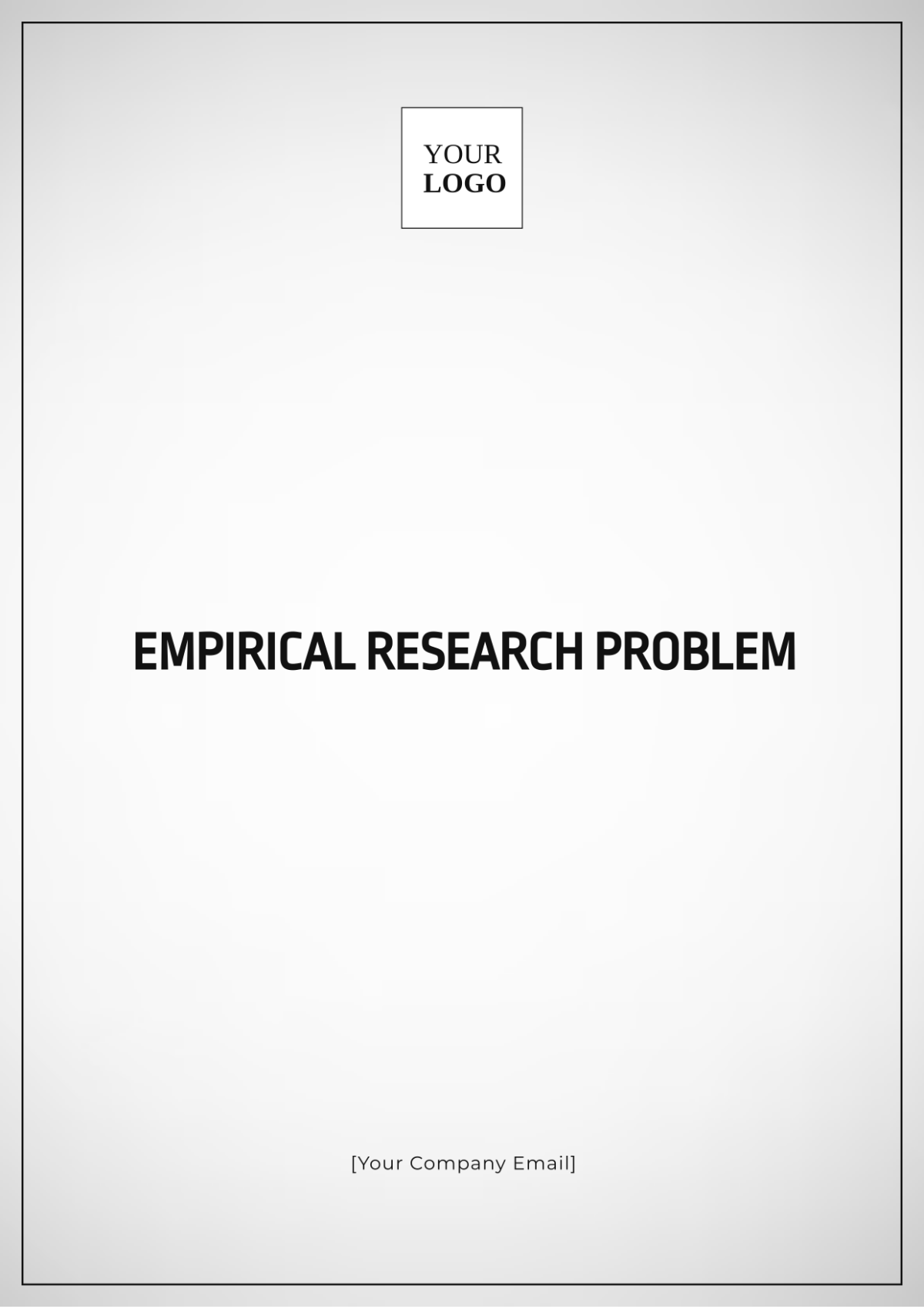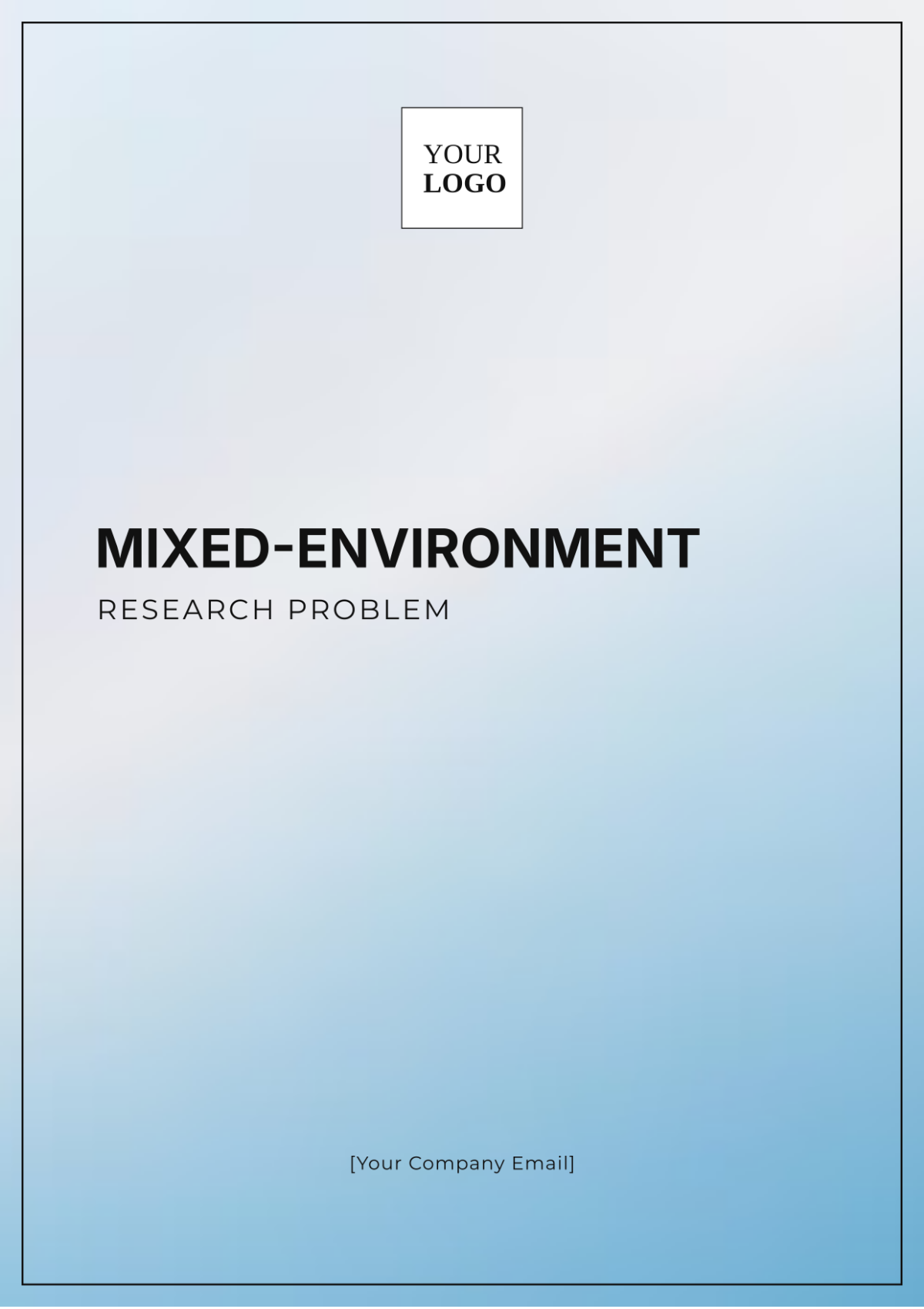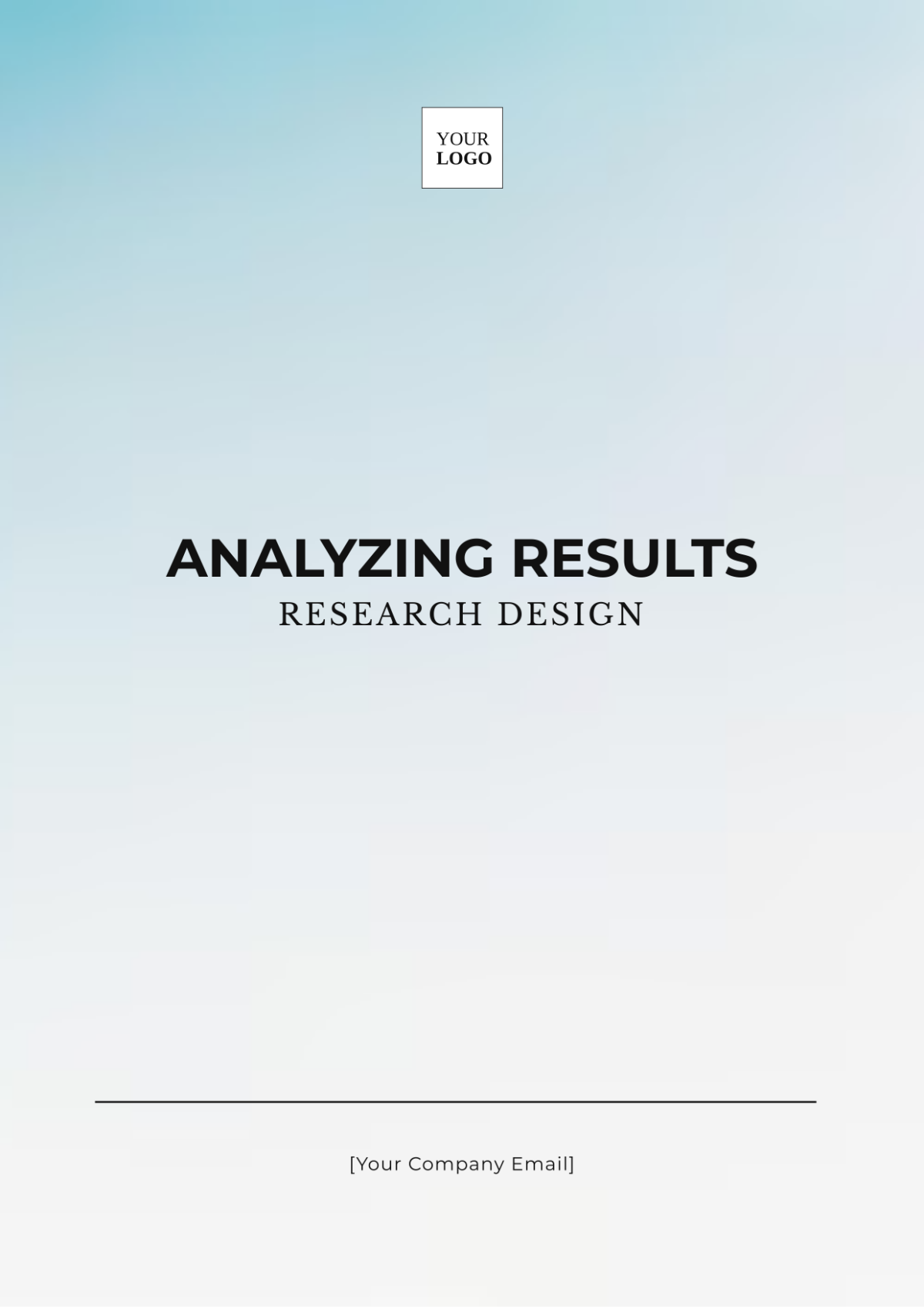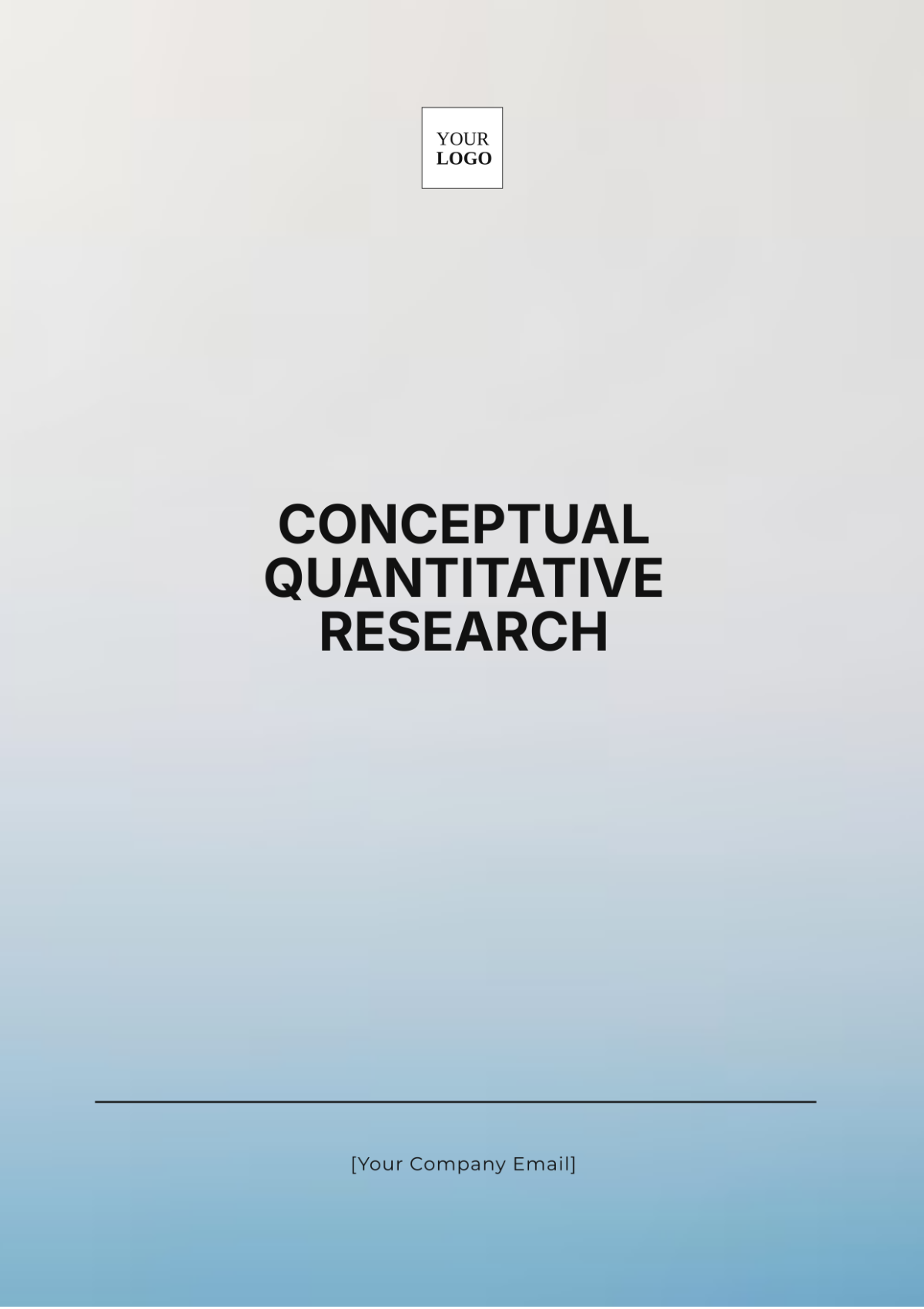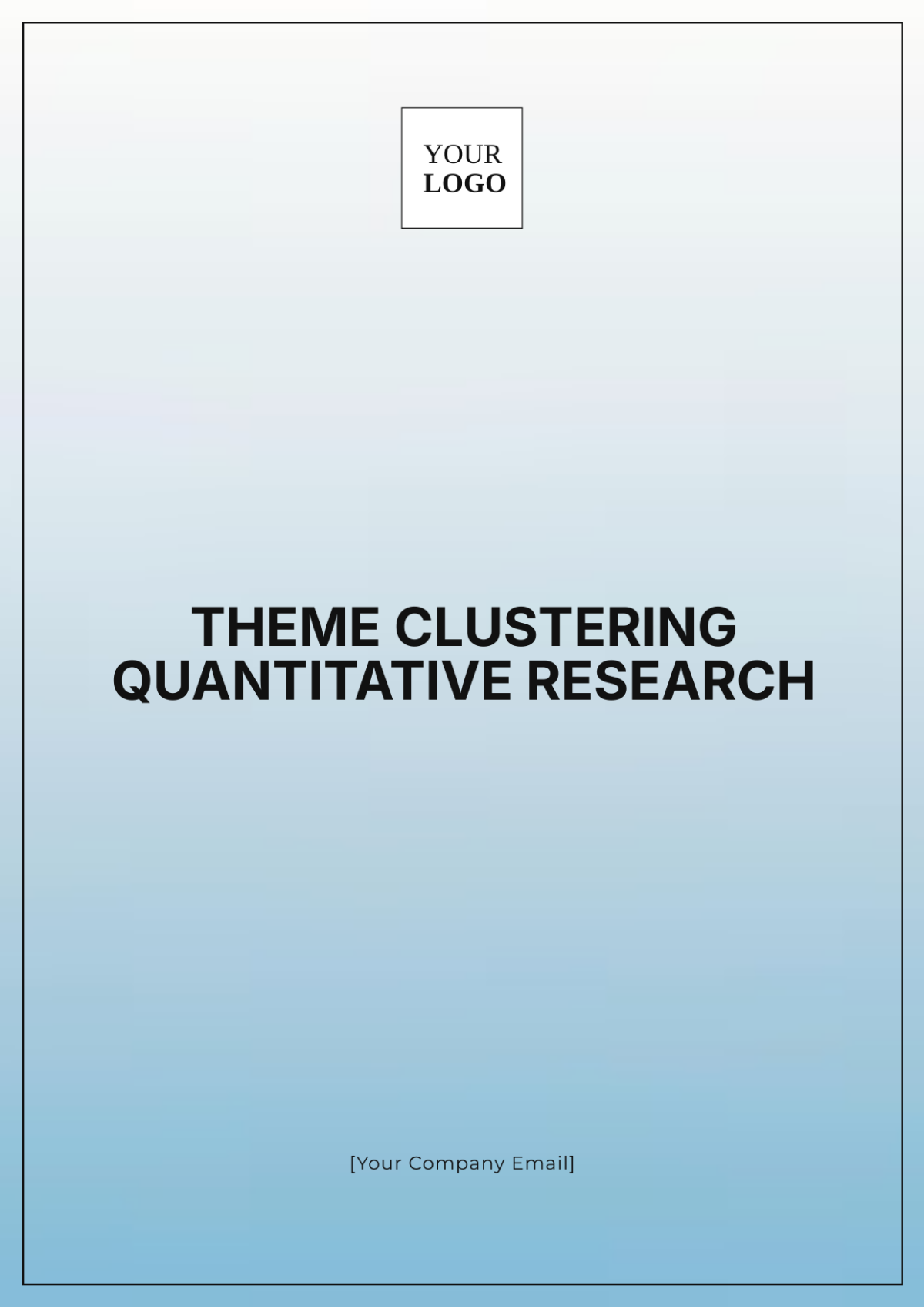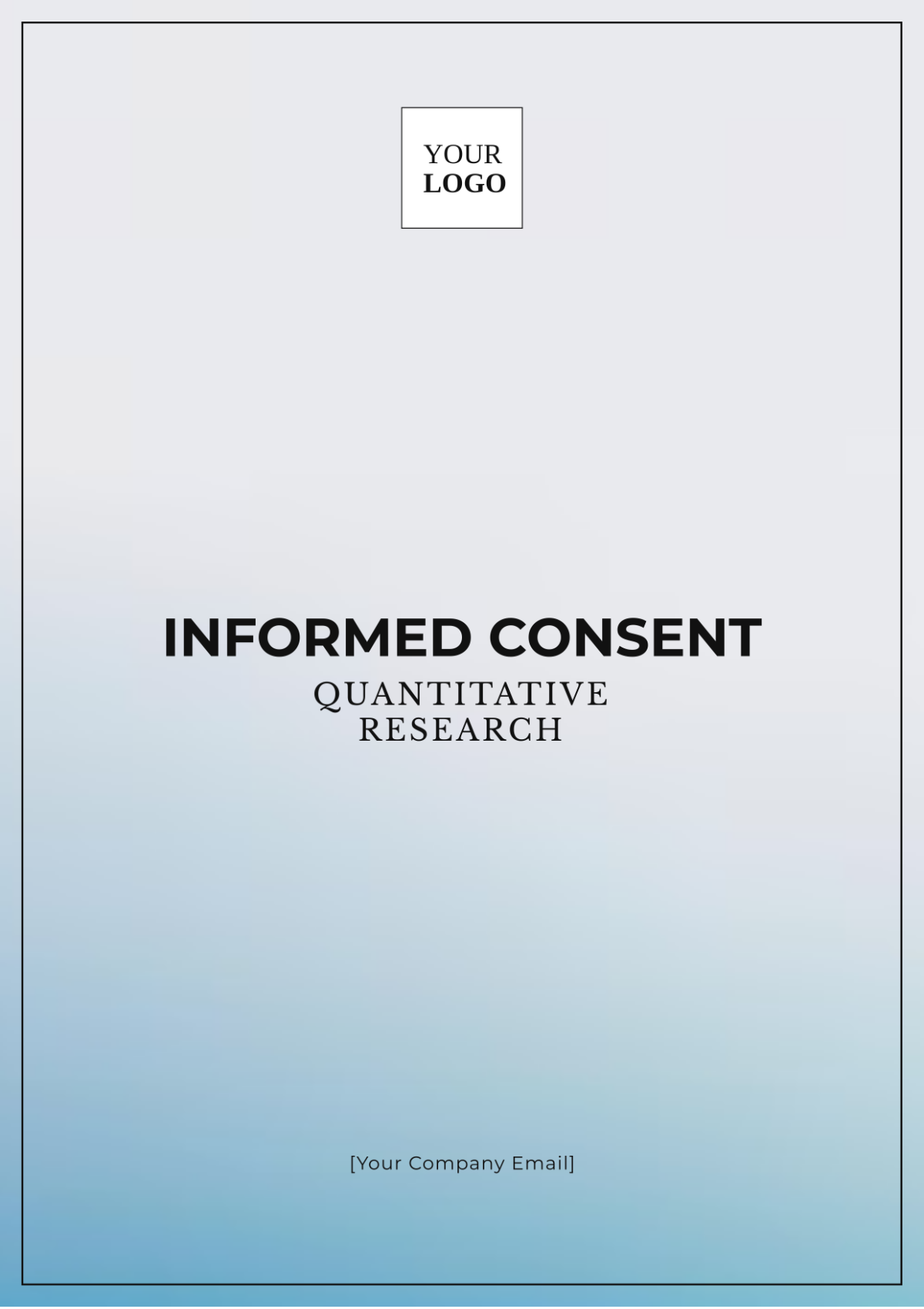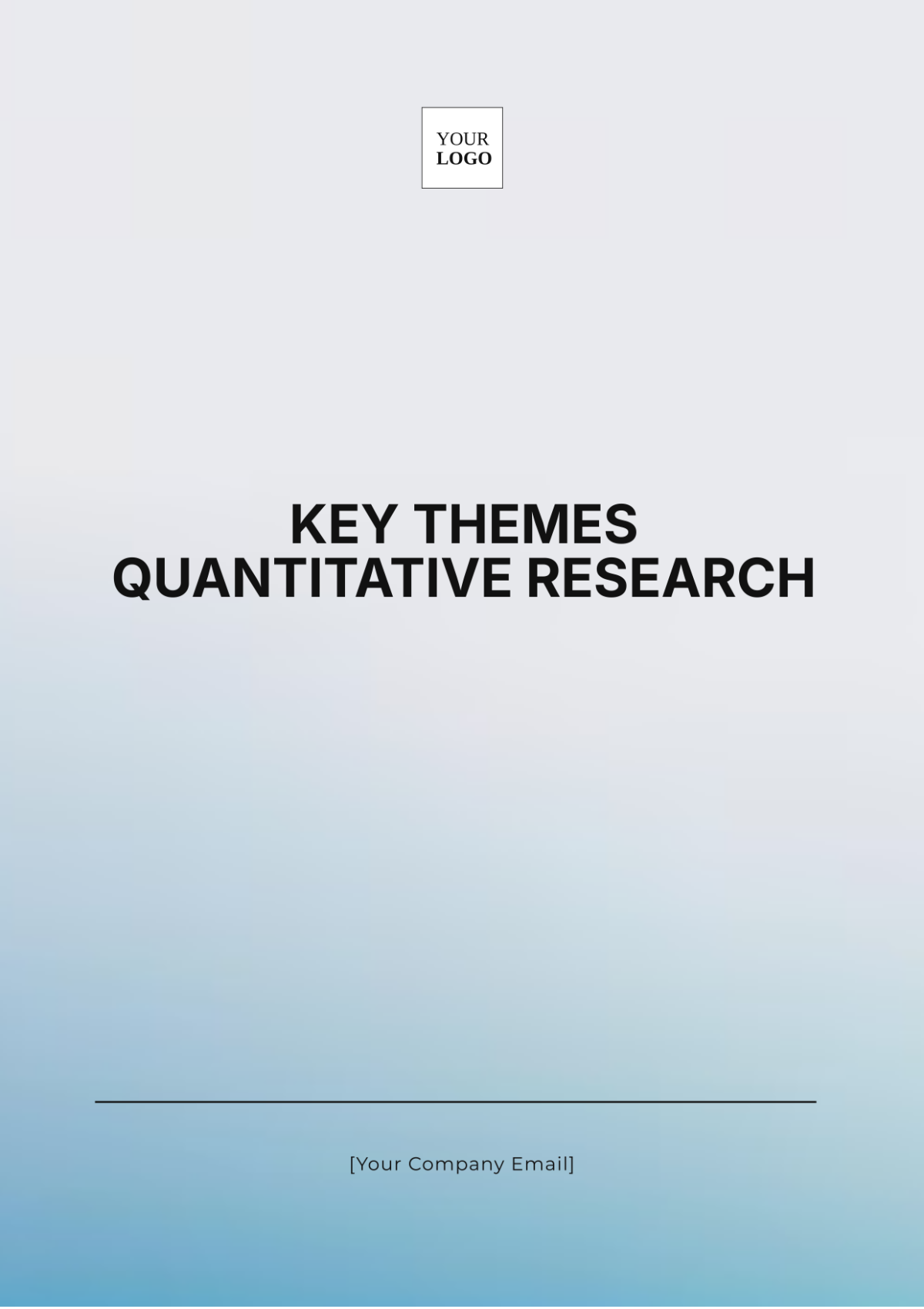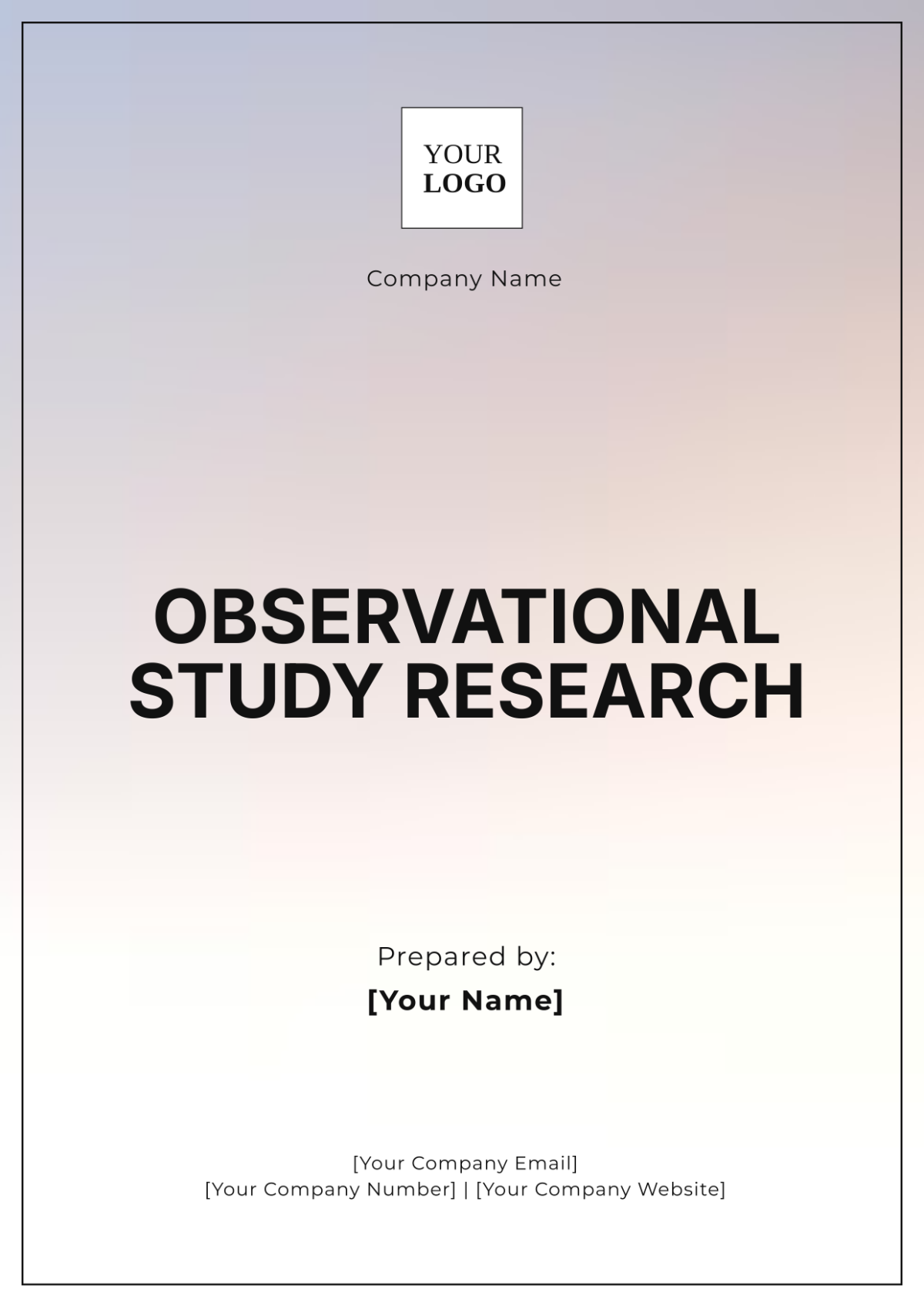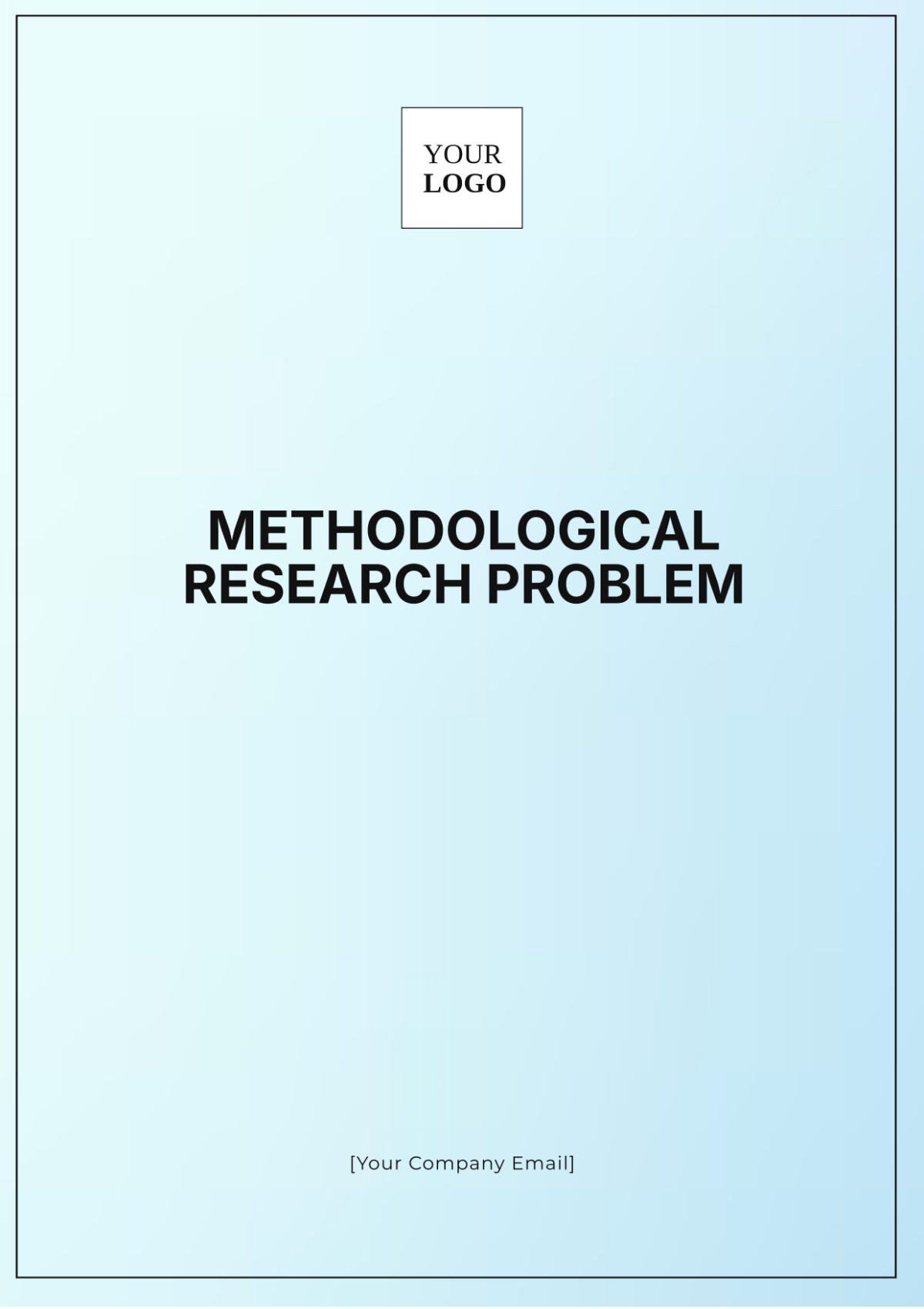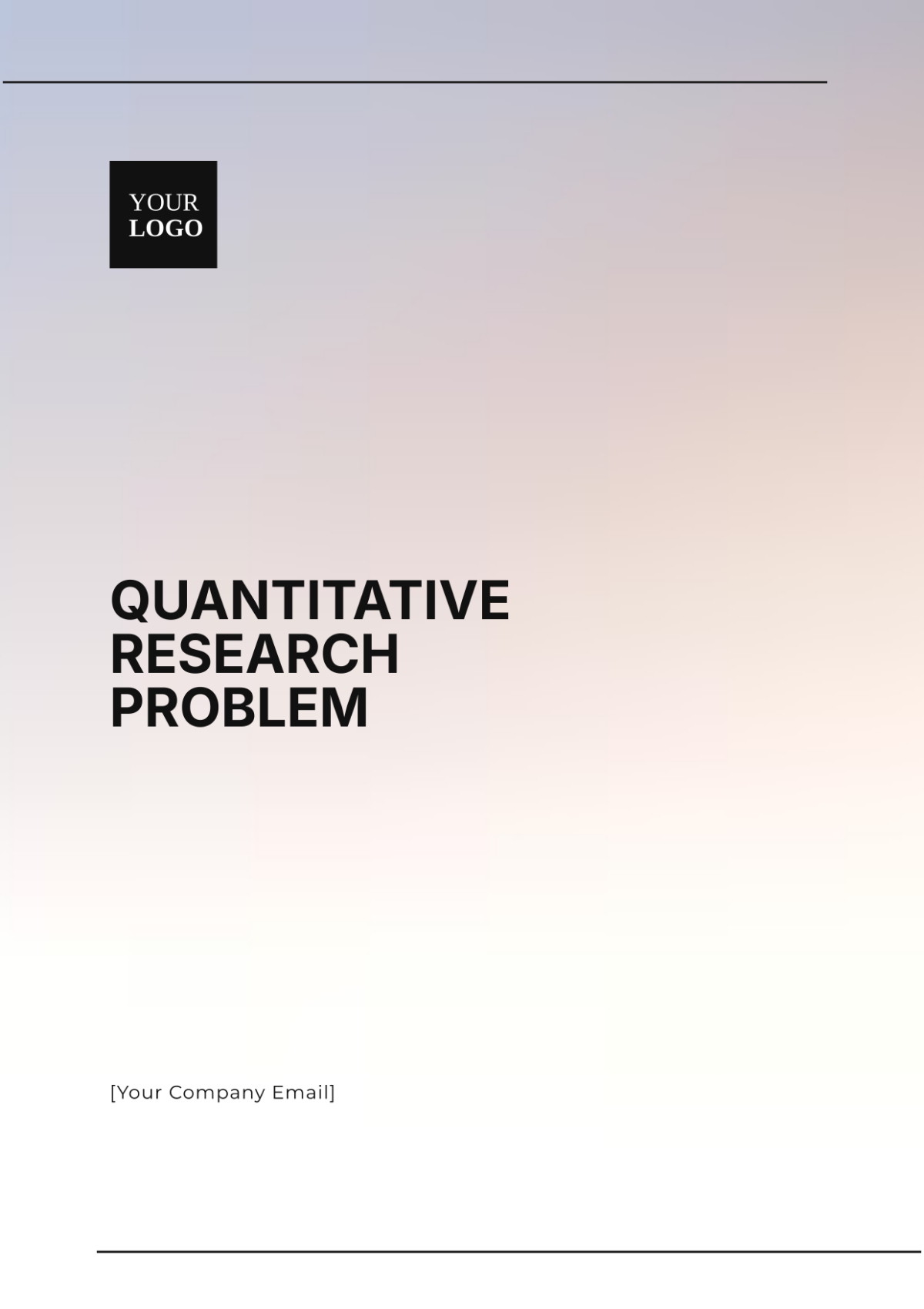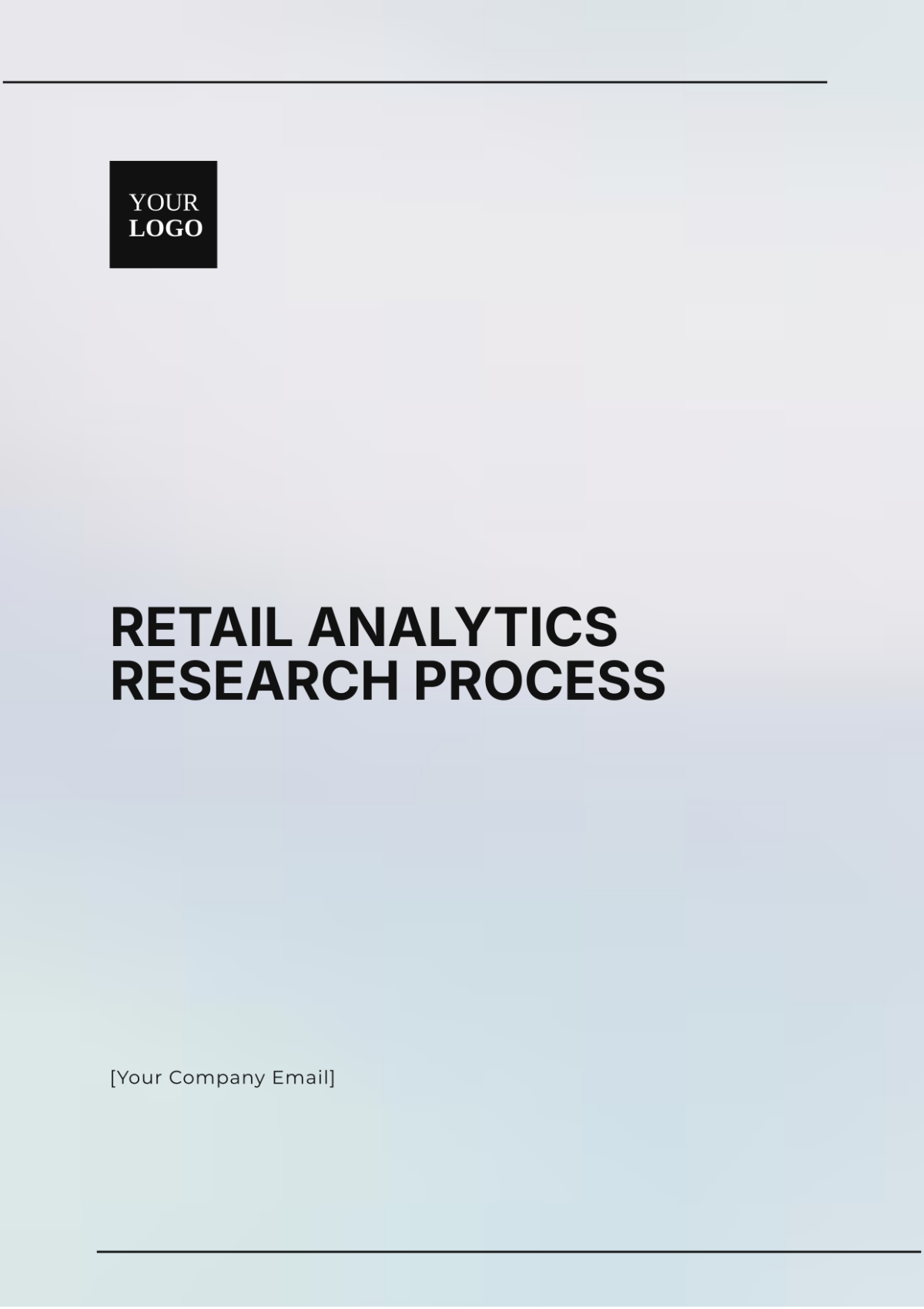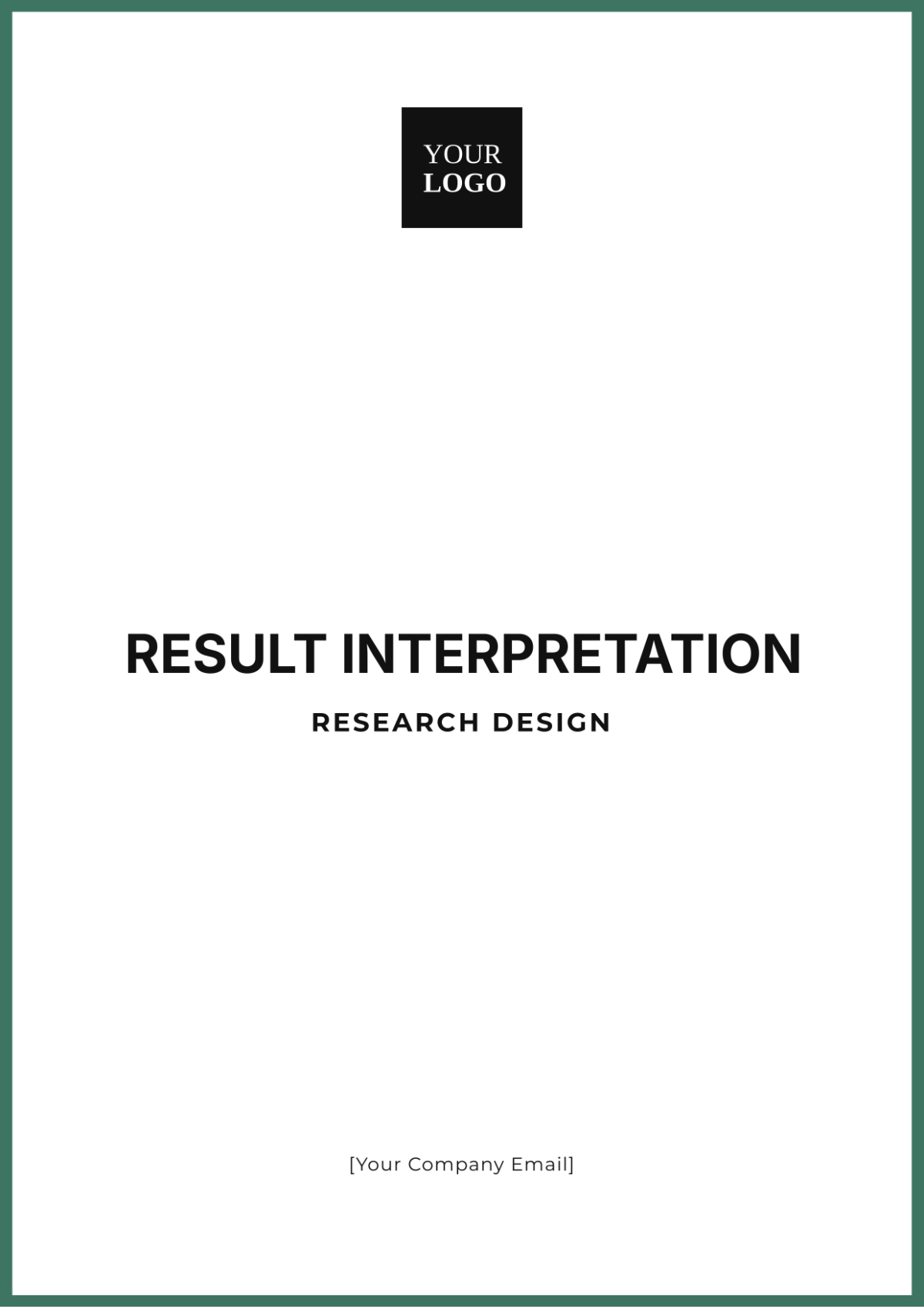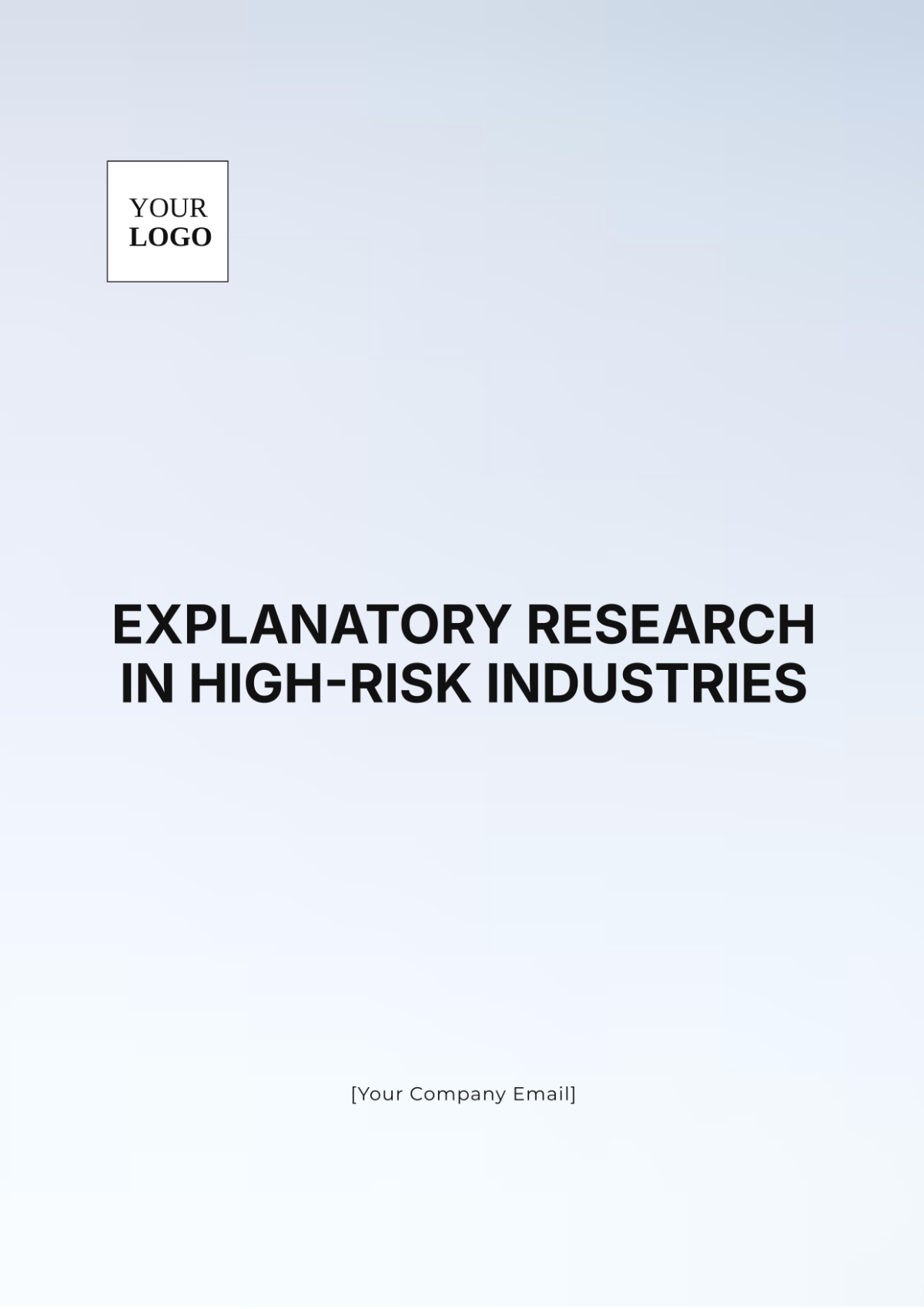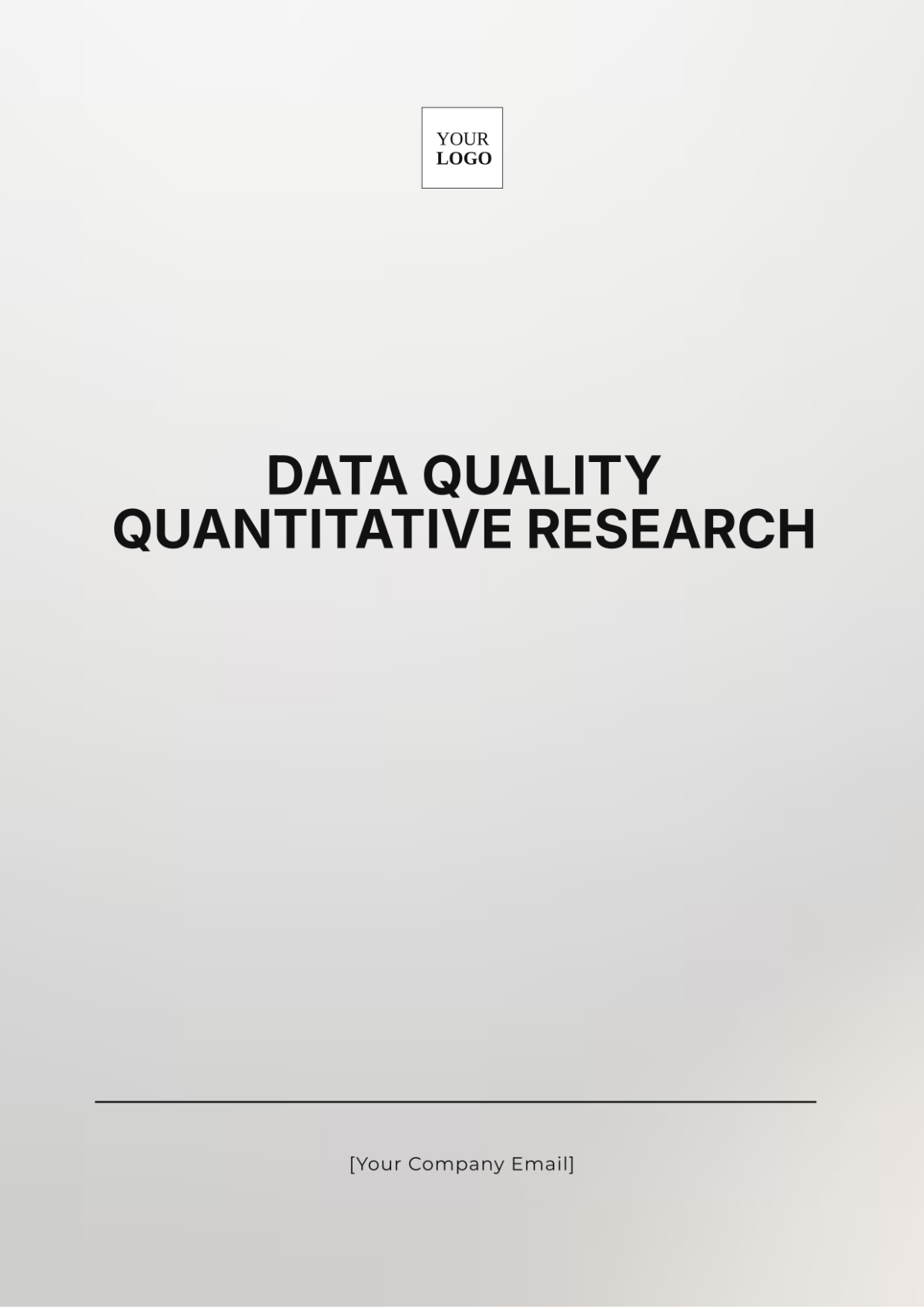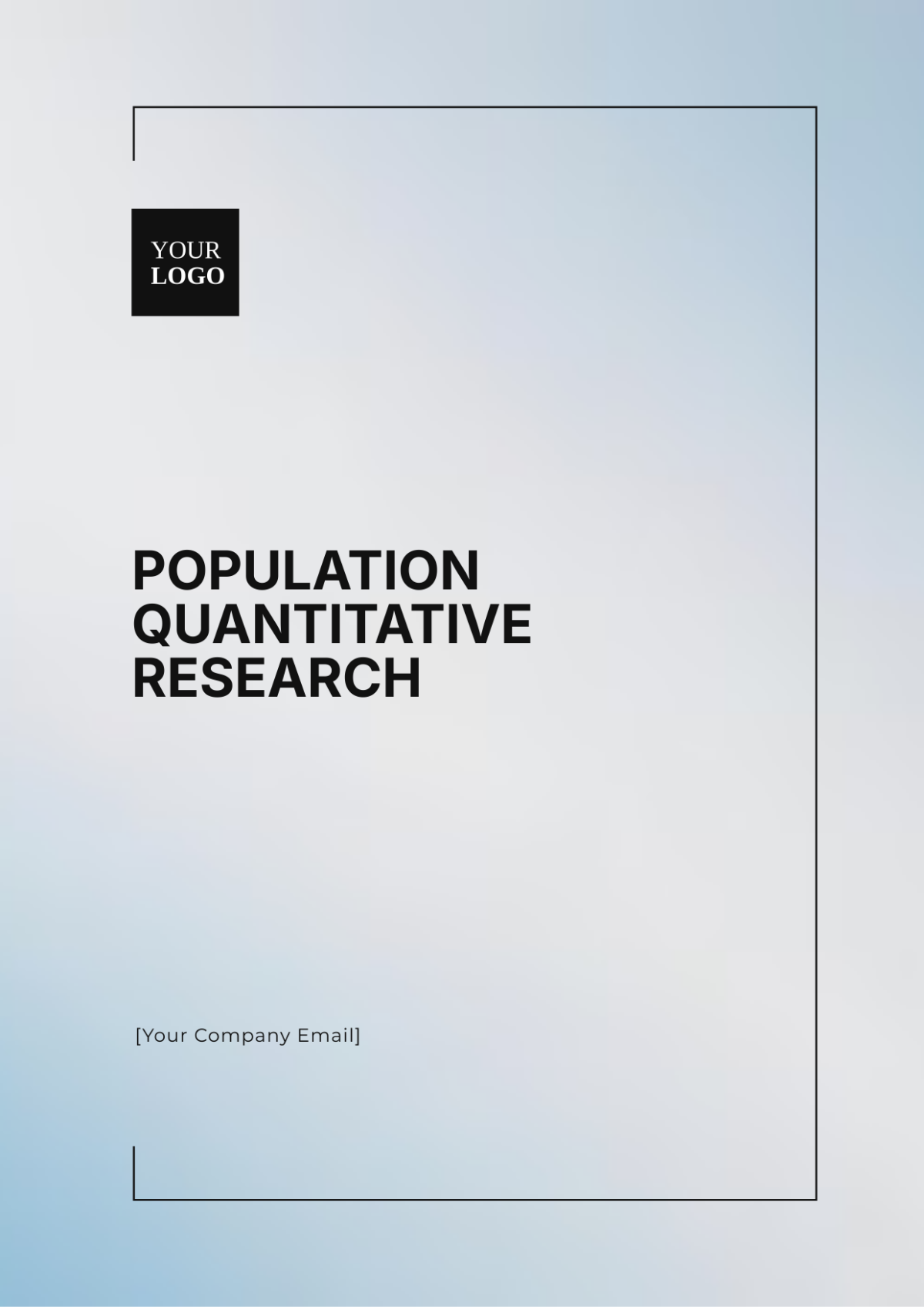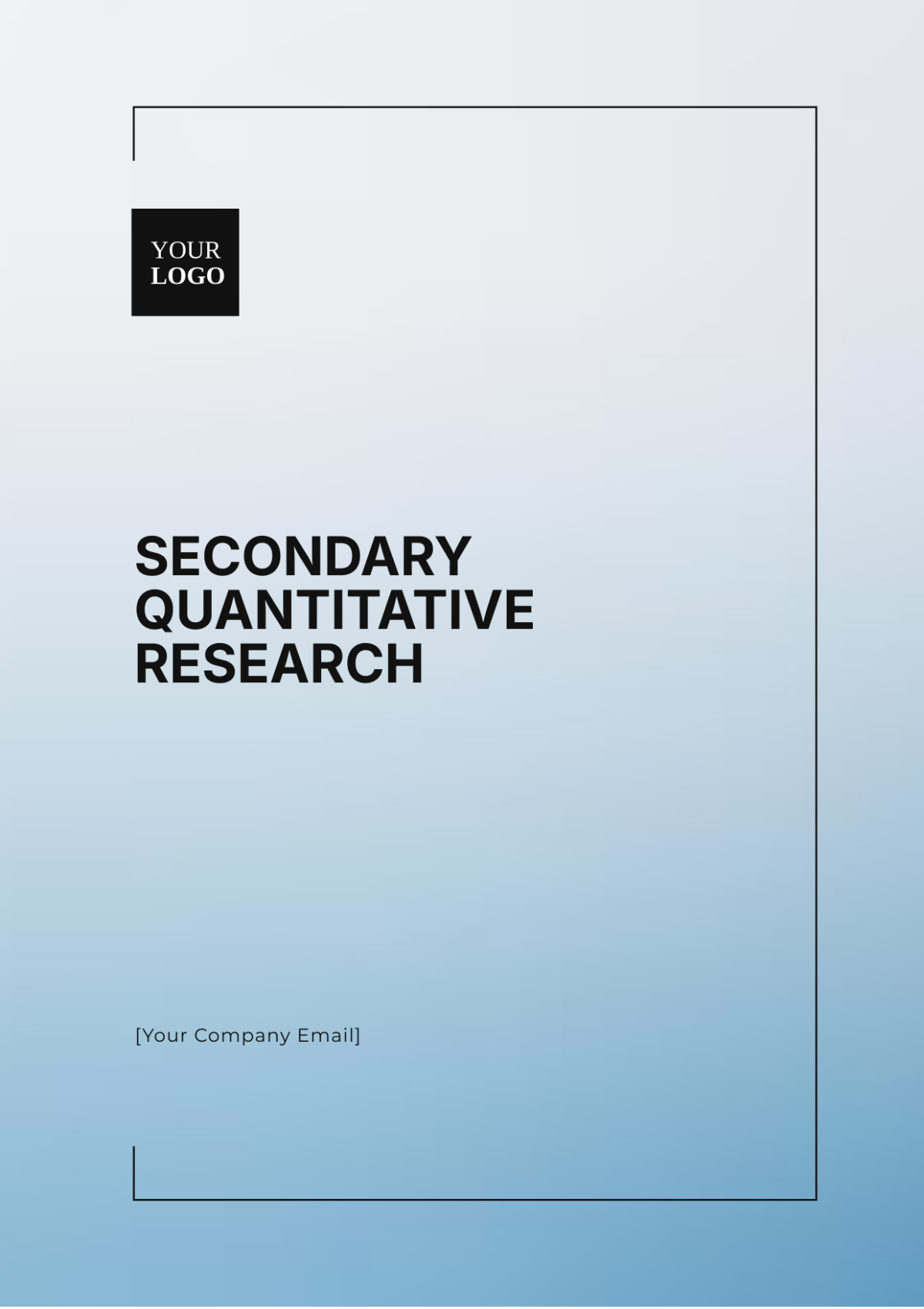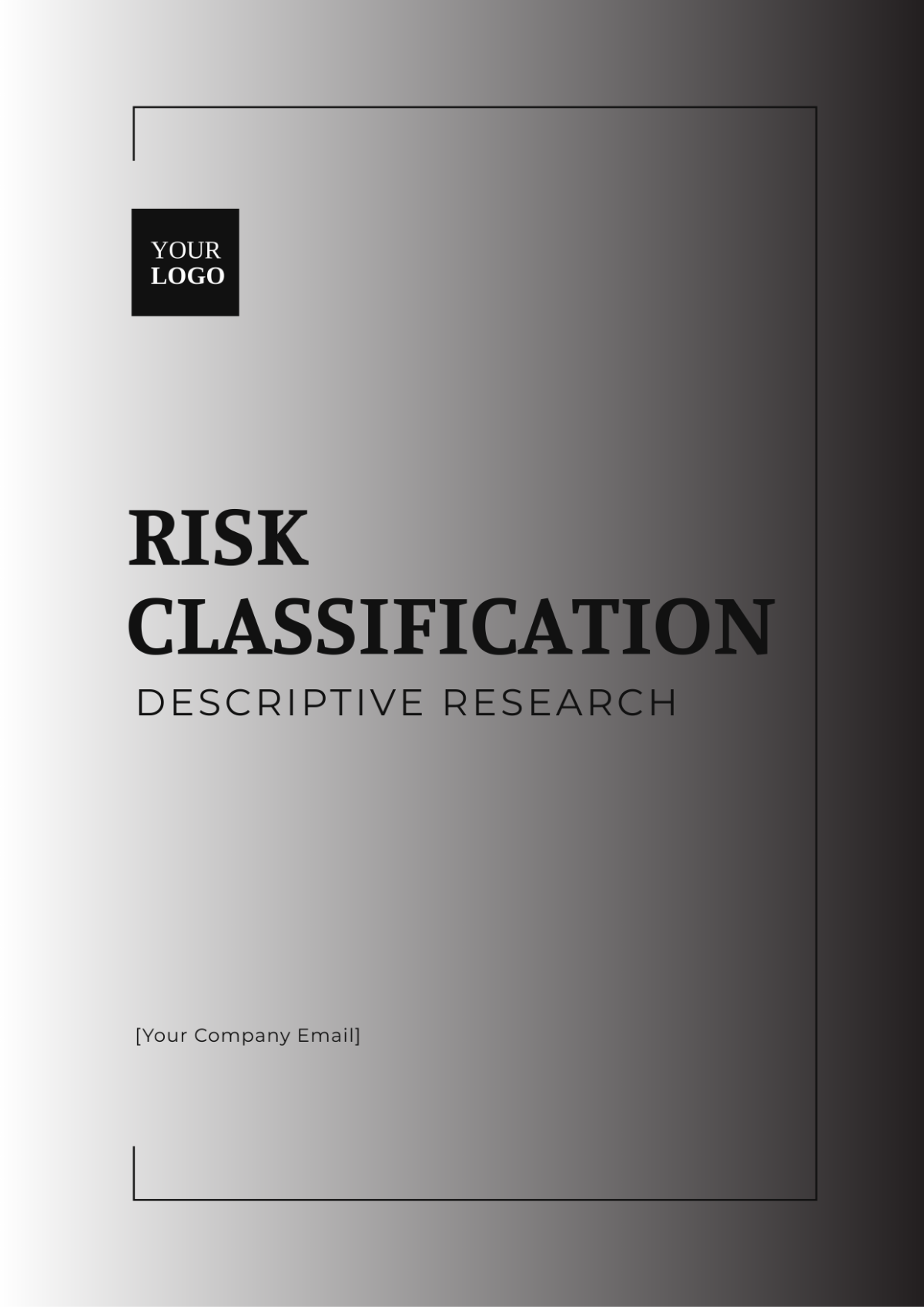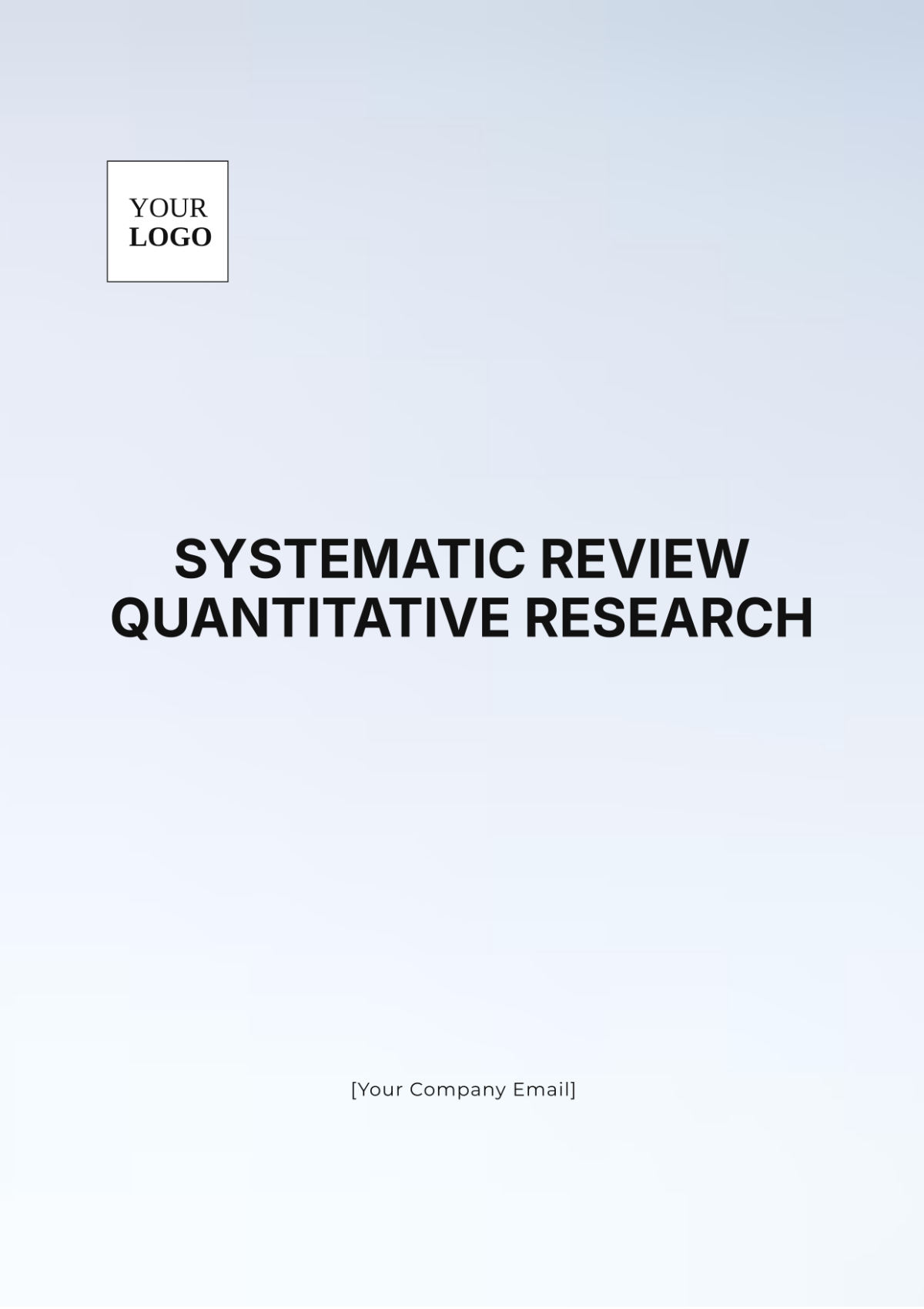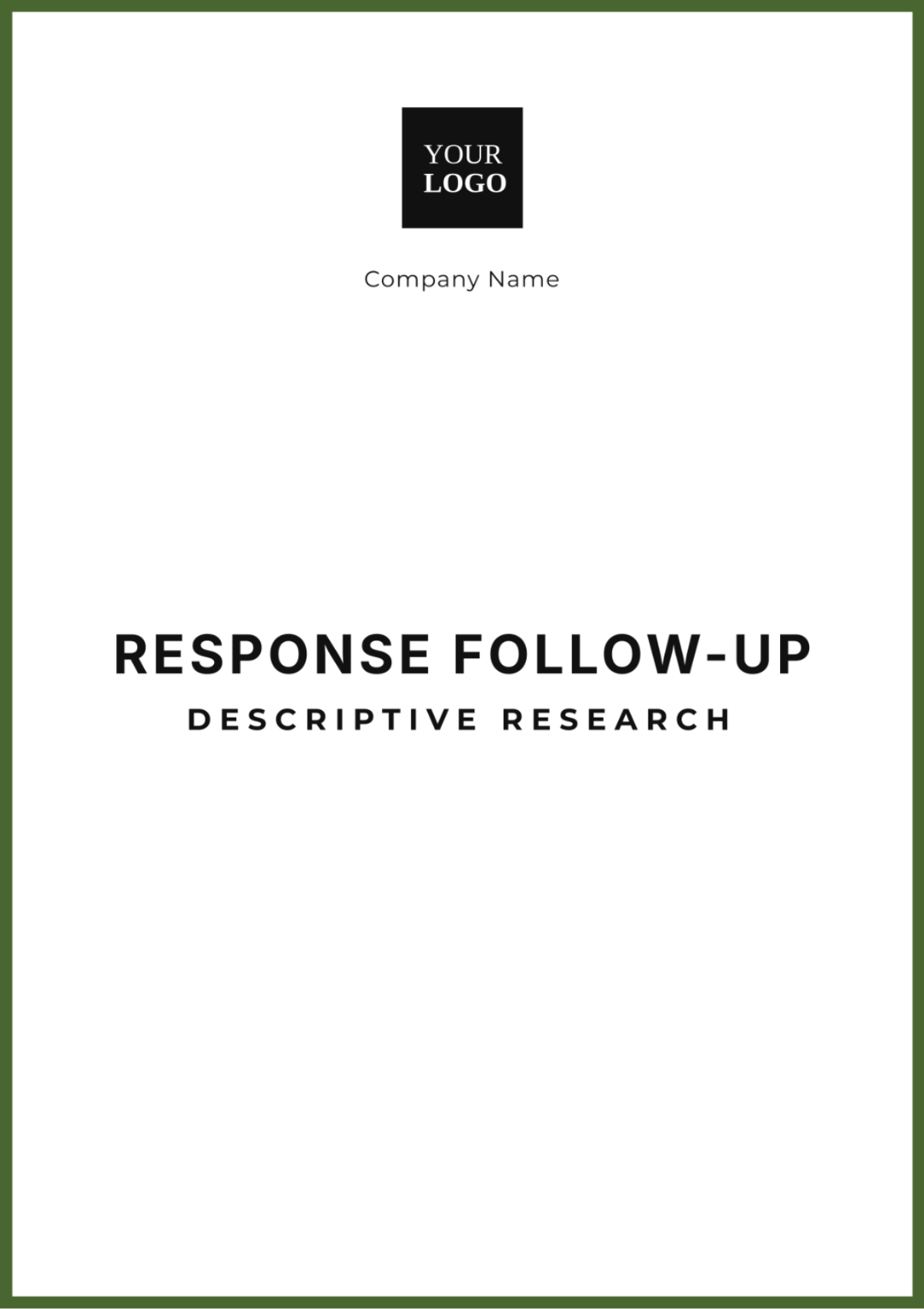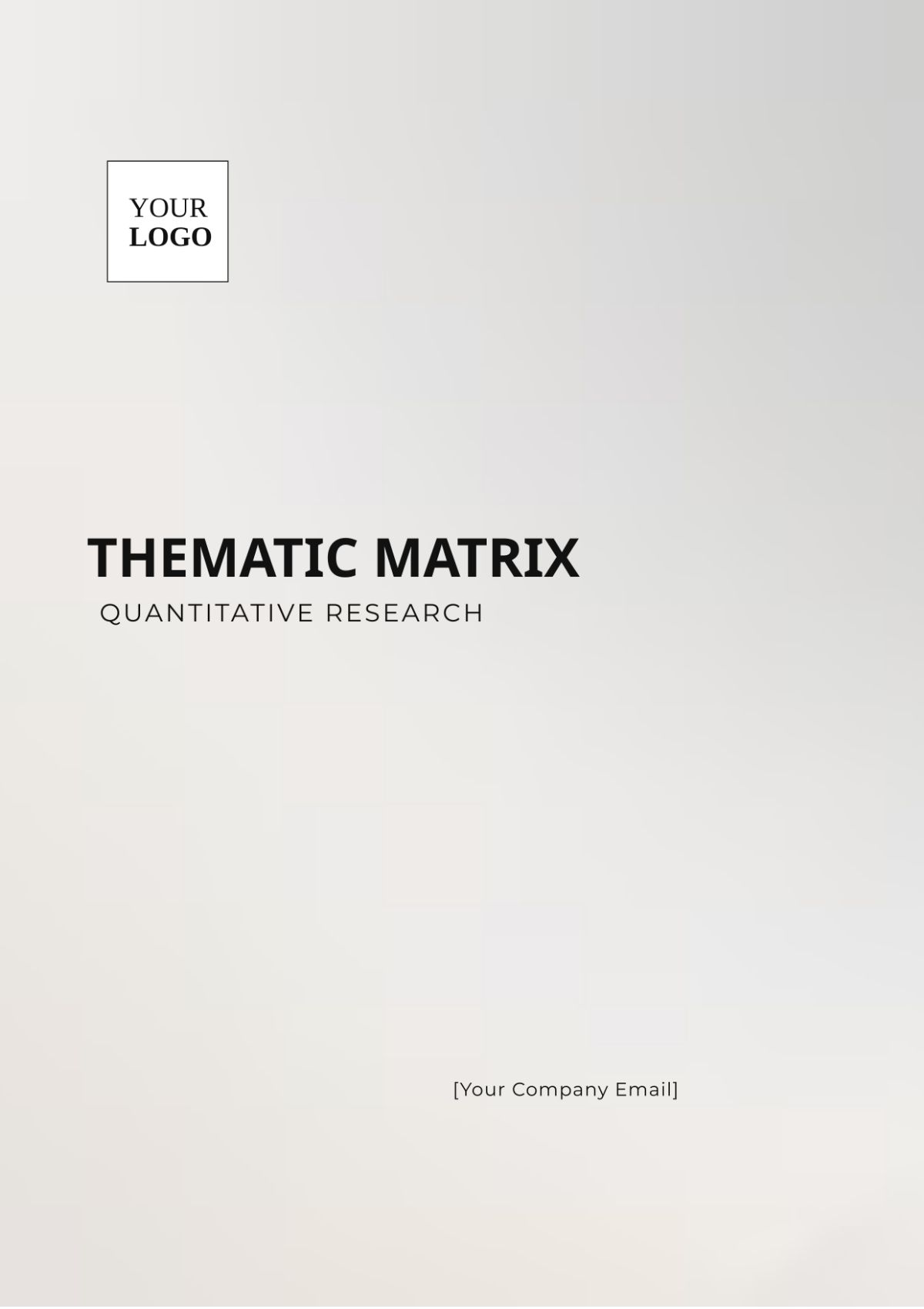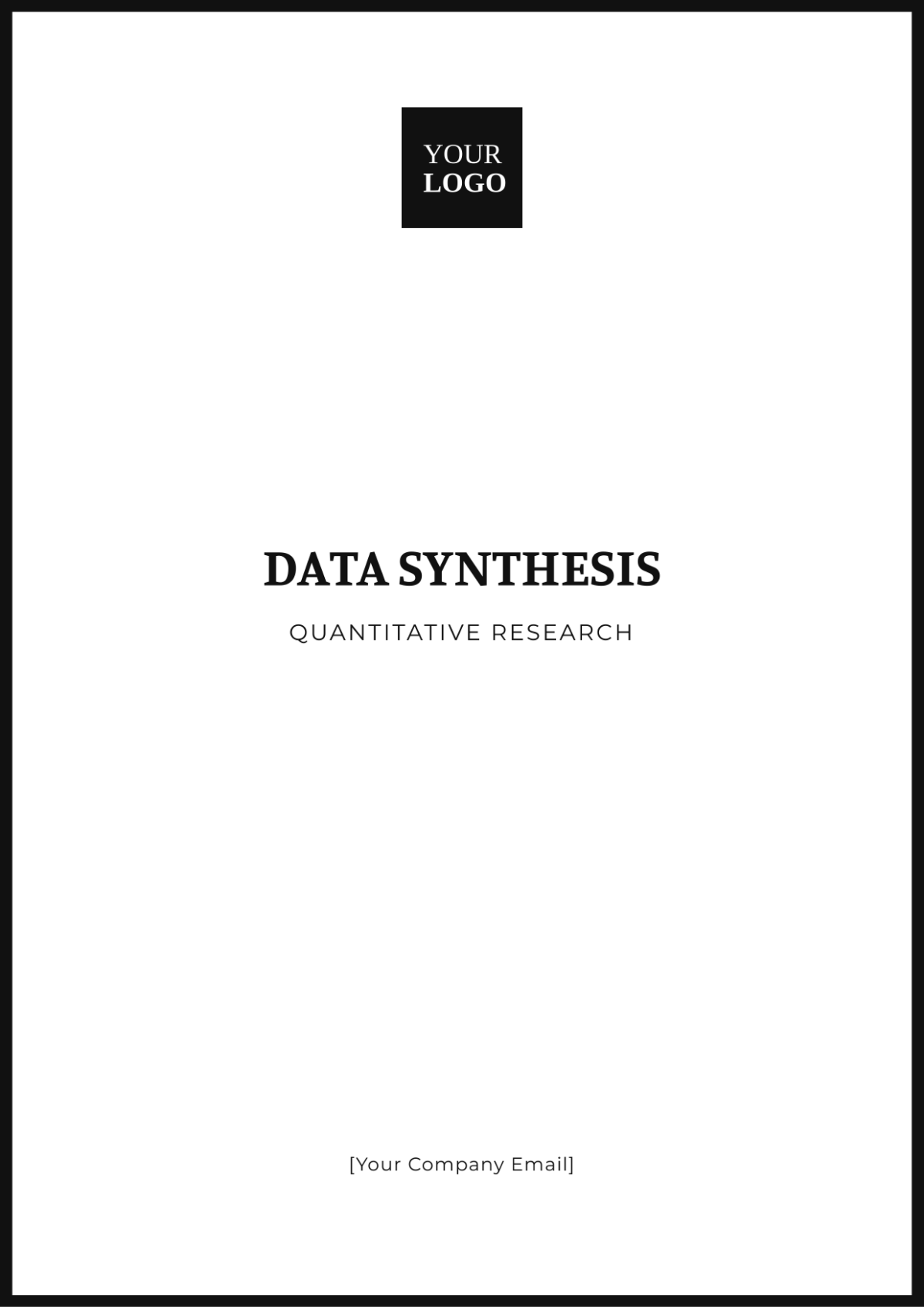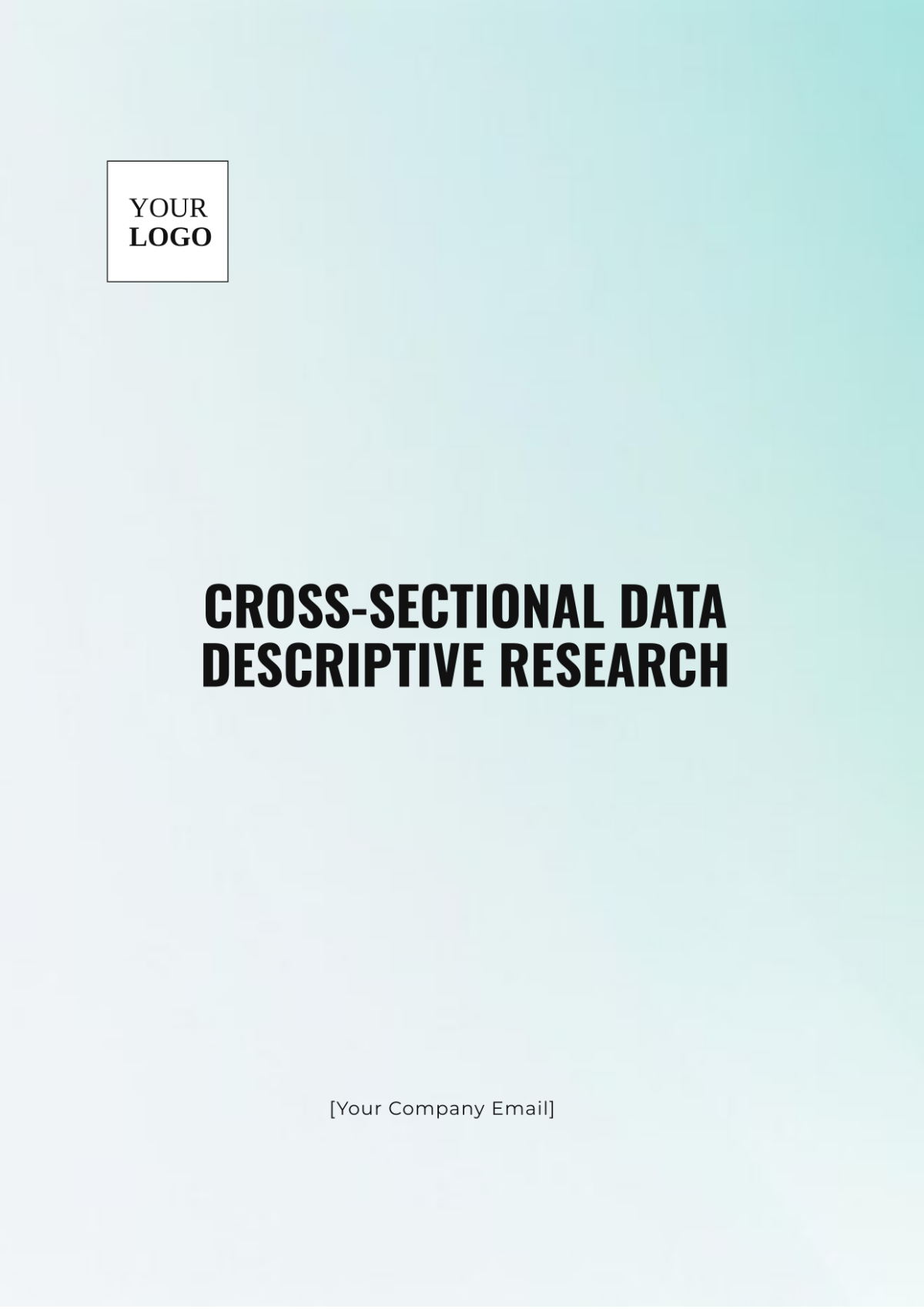Secondary Quantitative Research
Prepared by: [Your Name]
Date: [Date]
1. Introduction
The purpose of this research is to analyze current market trends within the renewable energy sector using secondary quantitative data. As the global focus shifts towards sustainable energy solutions, understanding these trends is crucial for industry stakeholders to make informed decisions. This study aims to provide a comprehensive overview of market dynamics, growth patterns, and future projections based on existing data.
2. Literature Review
Previous research highlights the rapid growth of the renewable energy sector over the past five years. Studies by Smith et al. (2052) and Johnson (2054) indicate significant increases in investment and technological advancements. However, gaps remain in understanding regional market variations and long-term sustainability impacts. This report builds on these findings by incorporating more recent data and providing a detailed analysis of market trends.
3. Data Sources
The data for this analysis was sourced from the following:
Global Renewable Energy Database (2050-2055): Comprehensive dataset including global investment trends, energy production statistics, and market share information.
International Energy Agency Reports (2051-2054): Annual reports providing insights into regional energy consumption and policy impacts.
Sustainable Energy Market Analysis (2054): Market research reports focusing on emerging technologies and market forecasts.
4. Methodology
Data was analyzed using a combination of statistical techniques including:
Descriptive Statistics: To summarize and describe the data characteristics.
Time Series Analysis: To identify trends and seasonal variations over the past five years.
Regression Analysis: To determine the relationship between investment levels and market growth.
Predictive Modeling: To forecast future market trends based on historical data.
The analysis was performed using software tools such as R and Python for accurate and efficient data processing.
5. Results
The analysis revealed several key findings:
Market Growth: The renewable energy market has grown at an average annual rate of 12% from 2050 to 2055.
Investment Trends: Investments in solar and wind energy have seen the highest increases, with solar investments rising by 18% annually.
Regional Insights: North America and Europe continue to lead in renewable energy adoption, while Asia-Pacific shows the fastest growth rate.
Future Projections: The market is expected to continue growing at a rate of approximately 10% annually through 2060.
6. Discussion
The results indicate a robust growth trajectory for the renewable energy sector, driven by increased investments and technological advancements. The significant rise in solar and wind energy investments aligns with global sustainability goals. Regional differences highlight the need for tailored strategies to address varying market dynamics. The findings suggest continued growth, with potential for new opportunities in emerging markets.
7. Conclusion
This research provides a detailed overview of market trends in the renewable energy sector based on secondary quantitative data. Key findings include a strong growth rate and substantial investments in solar and wind energy. Recommendations for industry stakeholders include focusing on emerging markets and continuing to invest in innovative technologies. Future research should explore the impacts of policy changes and technological developments on market trends.
8. References
Smith, J., & Johnson, L. (2052). Global Renewable Energy Trends. Energy Research Publications.
Johnson, L. (2054). Technological Advancements in Renewable Energy. International Energy Journal.
Global Renewable Energy Database (2050-2055).
International Energy Agency Reports (2051-2054).
Sustainable Energy Market Analysis (2054). Market Insights Inc.







